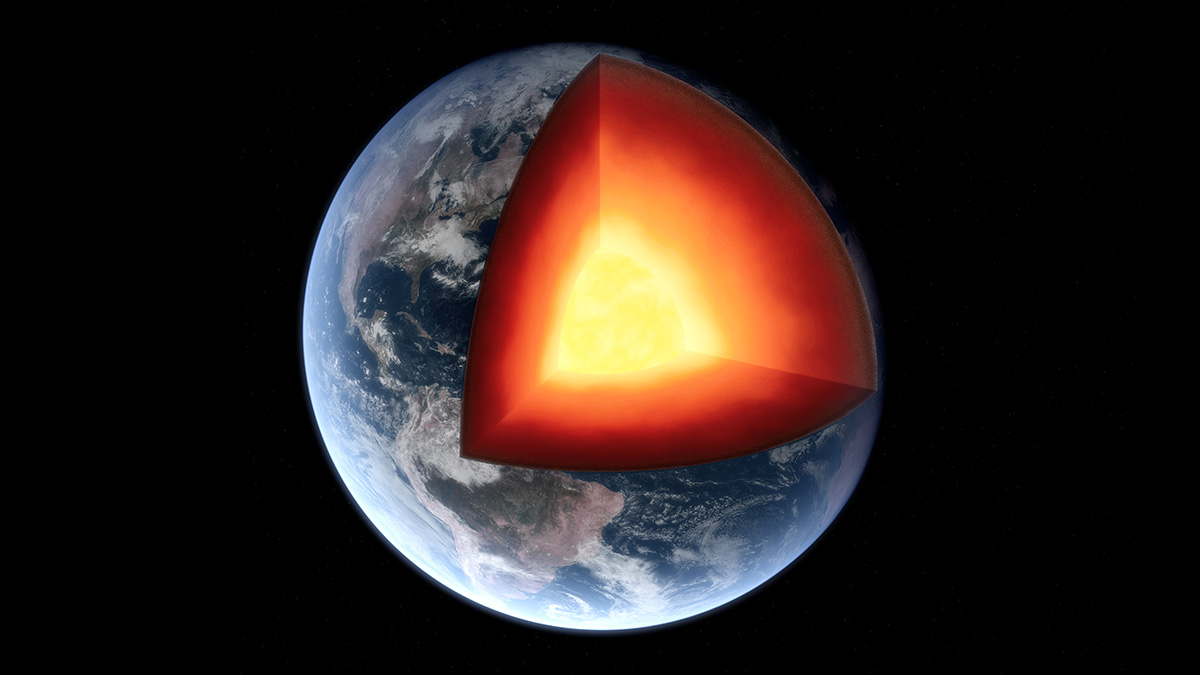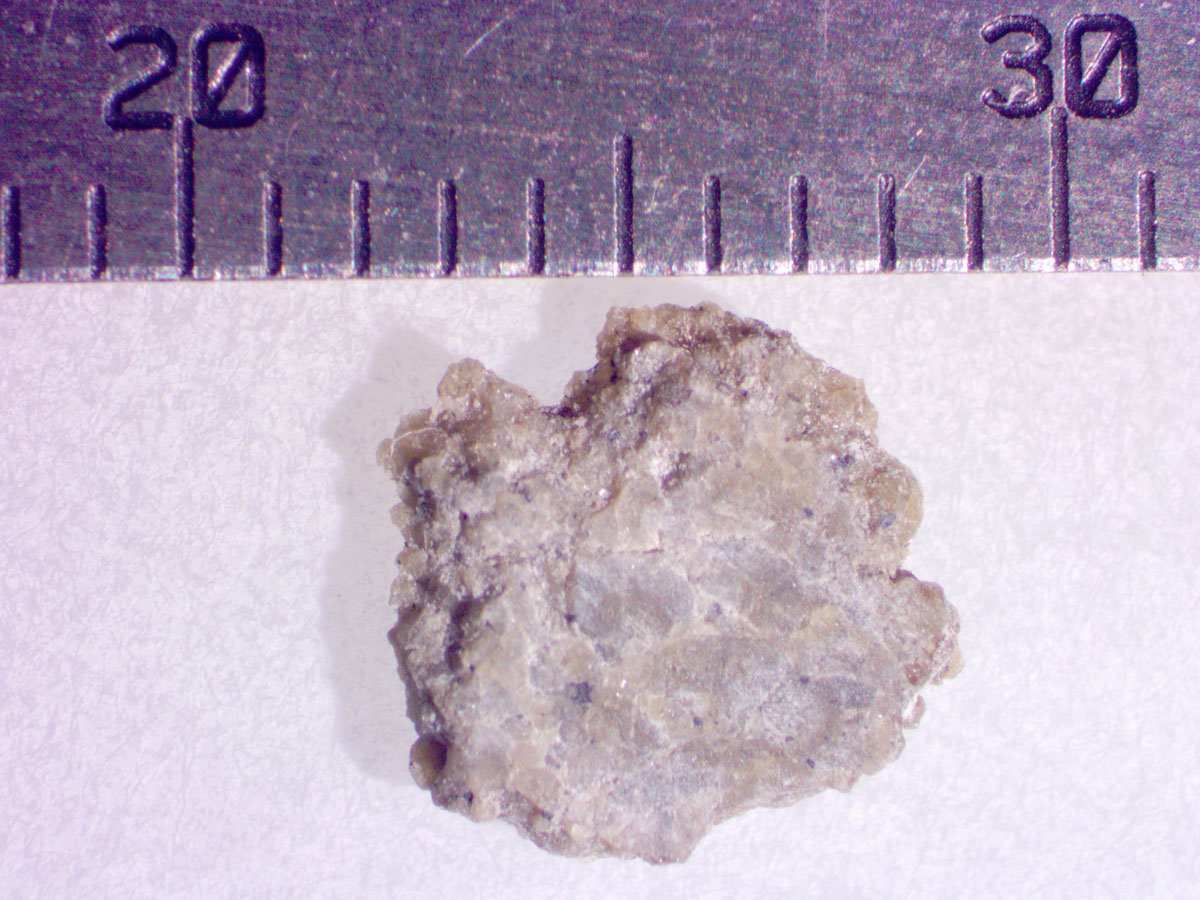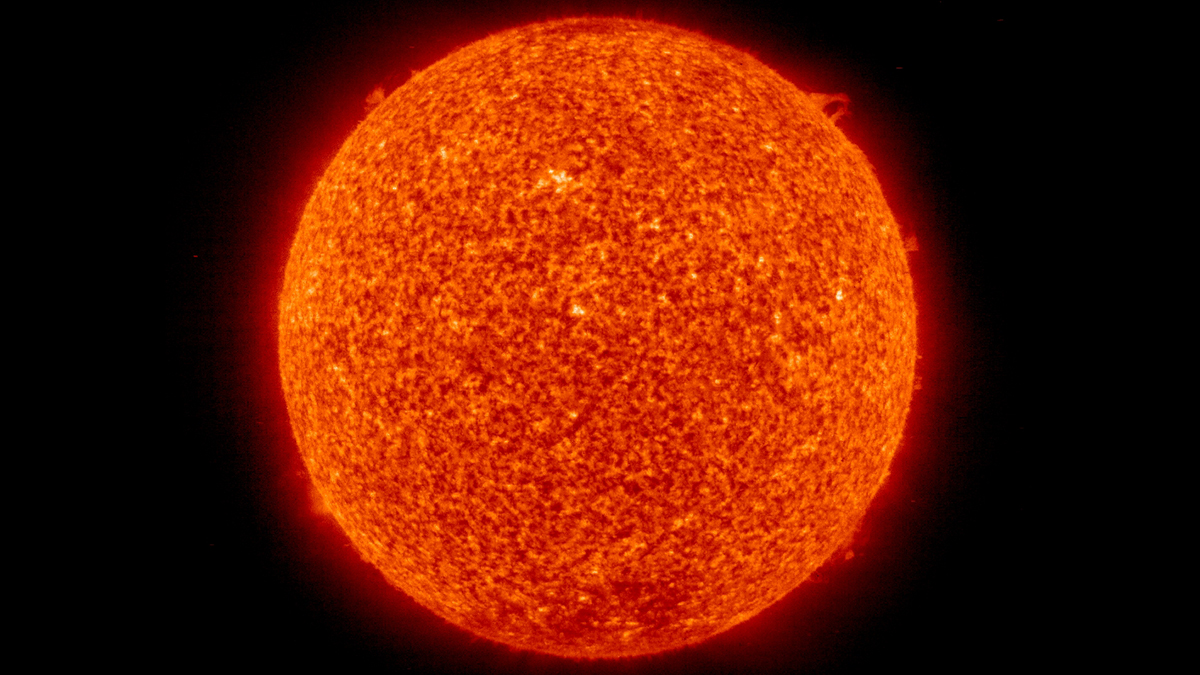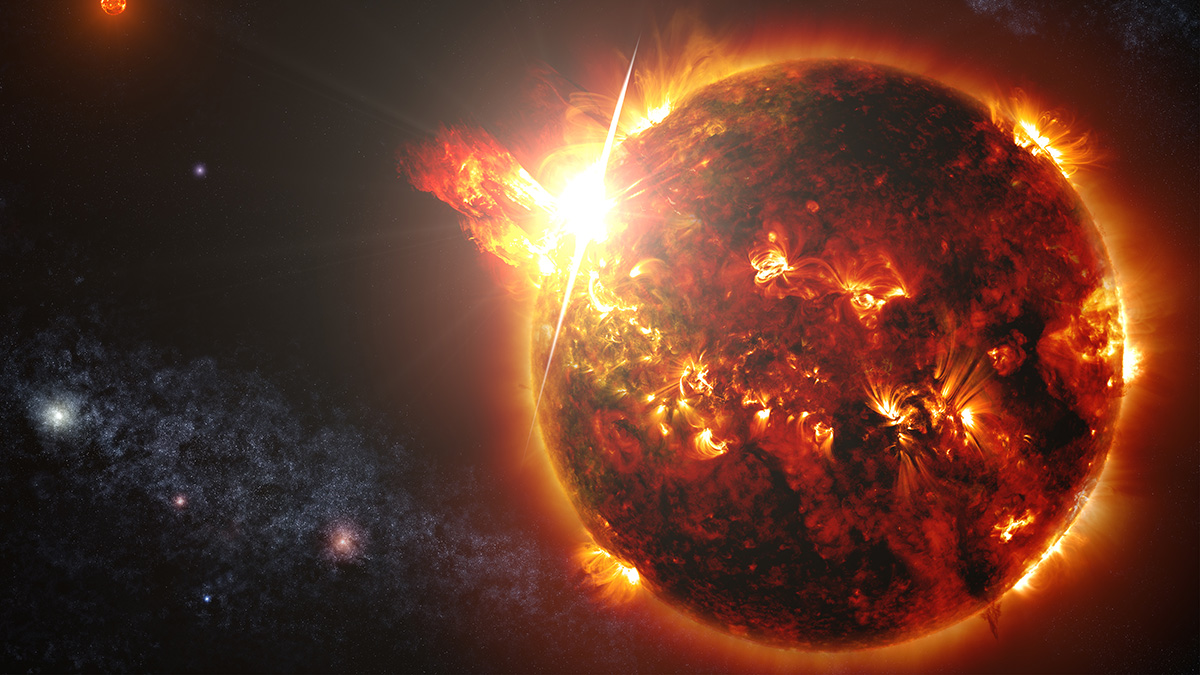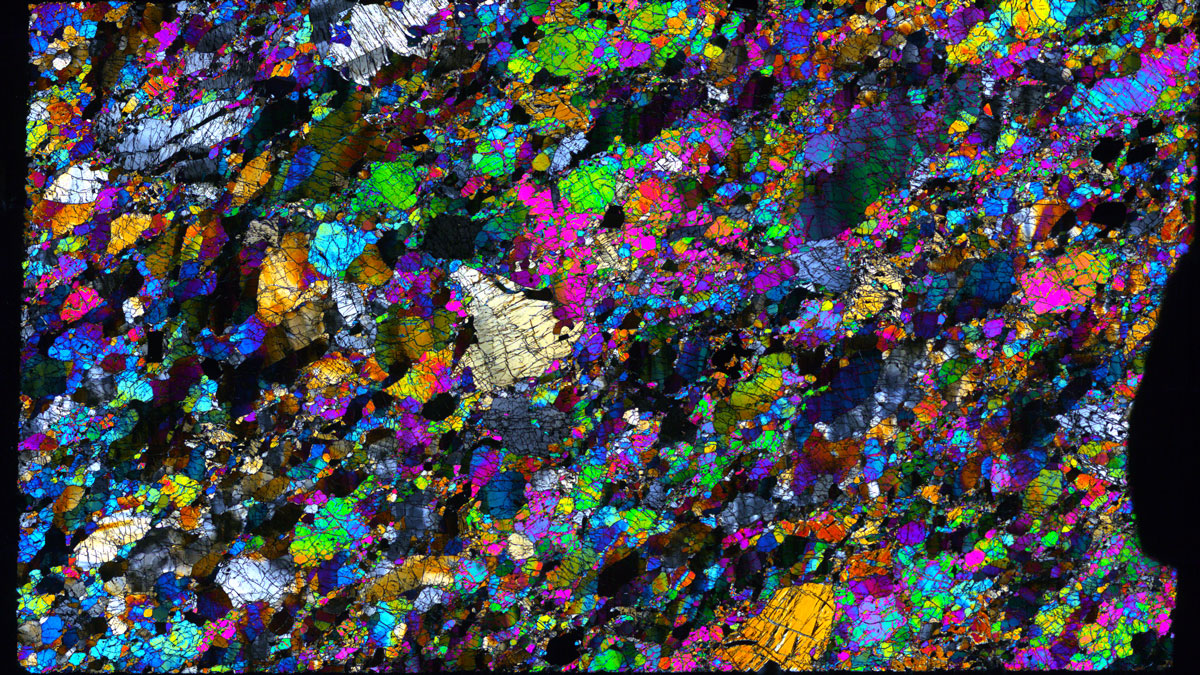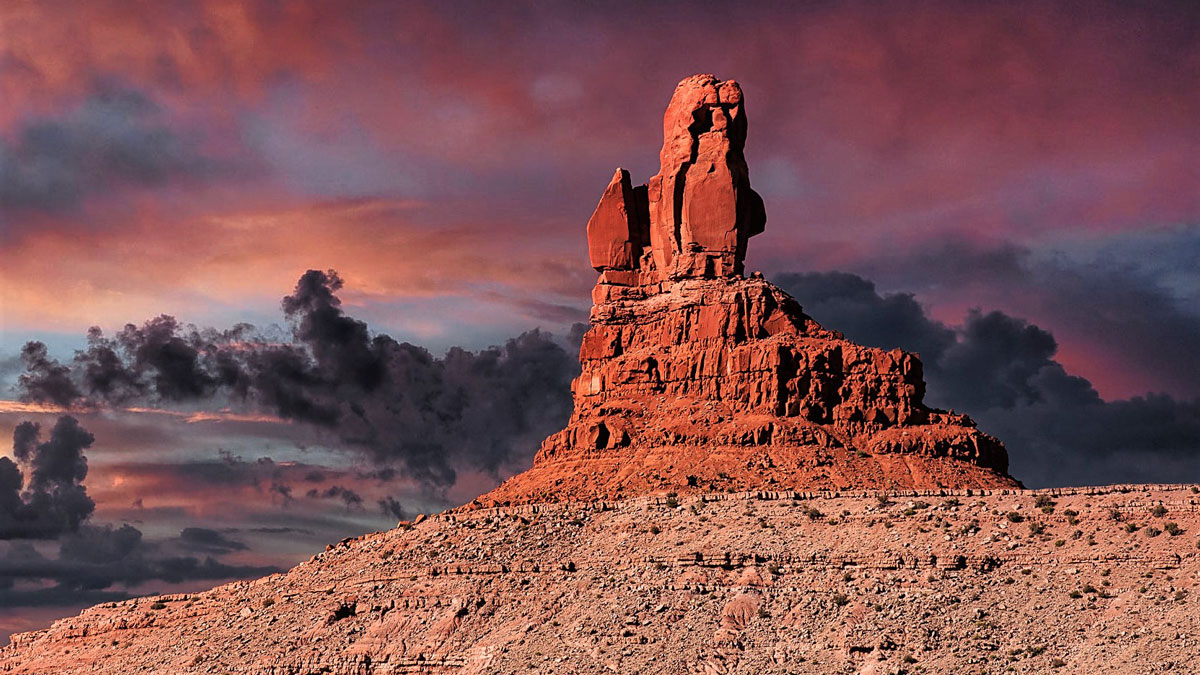Shock waves from Cold War era nuclear tests gave seismologists a glimpse of the inner core. Its wobbly rotation could explain phenomena such as the periodic change in the length of a day.
unsolved mysteries
Flipping the Sequence of Martian Formation
Analysis of the Chassigny meteorite suggests the planet acquired most of its interior volatiles from meteorites, not from the solar nebula.
Holey Eclogite!
Scientists have found holes filled with minerals that indicate fluid-filled pores exist many tens of kilometers below Earth’s surface. But no, The Core fans, you still can’t get amethyst-laden geodes in the mantle.
Mysteries of the Global Carbon Cycle
Less than half of the anthropogenic carbon dioxide remains in the atmosphere to drive climate change. The rest is being removed by mysterious processes in the land, biosphere, and ocean.
Why Did Sunspots Disappear for 70 Years? Nearby Star Holds Clues
Five decades of data revealed a star undergoing a pause in magnetic activity similar to what the Sun experienced almost 400 years ago.
A “Dam” in the Corona May Make the Solar Wind Gain Its Unusual Speeds
A new study supports the idea of a “helicity barrier” influencing the fluctuating stream of interplanetary plasma.
Coronal Dimmings Shine Light on Stellar CMEs
Coronal mass ejections from stars have eluded easy observation, so scientists are looking at what’s left behind.
Million or Billion? Narrowing Down the Age of Mantle Processes in New Guinea
Mantle rocks in Papua New Guinea contain curious geochemical signatures that scientists have traditionally interpreted as evidence of billions-year-old melting. New evidence suggests otherwise.
Diagnosing Neptune’s Chilly Summer
A pandemic project analyzing a trove of infrared images revealed an unexplained phenomenon taking place in Neptune’s atmosphere.
Is Earth’s Core Rusting?
If subduction carries hydrous minerals deep into Earth’s mantle, they may “rust” the iron outer core, forming vast sinks of oxygen that can later be returned to the atmosphere.

